CHANGES IN AT-HOME TREATMENTS
입력 2022.02.10 (15:04)
수정 2022.02.10 (16:47)
읽어주기 기능은 크롬기반의
브라우저에서만 사용하실 수 있습니다.
[Anchor Lead]
From Thurs. at-home treatment for COVID-19 patients will focus on people who require intensive care. All other patients can seek medical help if they develop symptoms.
[Pkg]
The number of Covid-19 patients receiving at-home treatment has nearly doubled from the previous week to more than 174,177. From Thursday, Covid-19 patients receiving treatment at home will be classified into two categories, either "intensive care" or "regular." The intensive care group includes patients selected by local governments among those eligible for oral antiviral pills, people 60 and older, as well as those 50 and up with underlying conditions. They will be monitored on a daily basis and will be provided with at-home treatment kits.
[Soundbite] Choi Jong-kyun(Central Disaster Management HQs) : "Patients with diabetes or serious cardiovascular diseases are already being transported to hospitals or quarantine centers when necessary."
About 80 percent of at-home treatment patients are classified as "regular." They must exercise self-care and contact community clinics by phone if they develop symptoms to seek advice or receive a prescription. These patients can have their prescriptions filled out with the help of their relatives living together or local public health centers. At-home treatment consultation centers operated around the clock by local governments also opened on Thursday.
[Soundbite] "Ask them which district they are calling from and what symptoms they have..."
Some are worried that consultation centers, which opened hastily, might become overwhelmed if COVID-19 cases surge.
[Soundbite] Lee Jung-young(Seonam Hospital) : "We have created a system that allows patients to leave their numbers. so we can call them back when they can't reach us."
Some local governments still lack preparation.
[Soundbite] Local government official(VOICE MODIFIED) : "There should be no errors when providing consultations, even if these centers were set up in a rush."
With community centers being also involved in at-home treatment, collaboration among varying hospitals and local clinics is more crucial than ever before.
From Thurs. at-home treatment for COVID-19 patients will focus on people who require intensive care. All other patients can seek medical help if they develop symptoms.
[Pkg]
The number of Covid-19 patients receiving at-home treatment has nearly doubled from the previous week to more than 174,177. From Thursday, Covid-19 patients receiving treatment at home will be classified into two categories, either "intensive care" or "regular." The intensive care group includes patients selected by local governments among those eligible for oral antiviral pills, people 60 and older, as well as those 50 and up with underlying conditions. They will be monitored on a daily basis and will be provided with at-home treatment kits.
[Soundbite] Choi Jong-kyun(Central Disaster Management HQs) : "Patients with diabetes or serious cardiovascular diseases are already being transported to hospitals or quarantine centers when necessary."
About 80 percent of at-home treatment patients are classified as "regular." They must exercise self-care and contact community clinics by phone if they develop symptoms to seek advice or receive a prescription. These patients can have their prescriptions filled out with the help of their relatives living together or local public health centers. At-home treatment consultation centers operated around the clock by local governments also opened on Thursday.
[Soundbite] "Ask them which district they are calling from and what symptoms they have..."
Some are worried that consultation centers, which opened hastily, might become overwhelmed if COVID-19 cases surge.
[Soundbite] Lee Jung-young(Seonam Hospital) : "We have created a system that allows patients to leave their numbers. so we can call them back when they can't reach us."
Some local governments still lack preparation.
[Soundbite] Local government official(VOICE MODIFIED) : "There should be no errors when providing consultations, even if these centers were set up in a rush."
With community centers being also involved in at-home treatment, collaboration among varying hospitals and local clinics is more crucial than ever before.
■ 제보하기
▷ 카카오톡 : 'KBS제보' 검색, 채널 추가
▷ 전화 : 02-781-1234, 4444
▷ 이메일 : kbs1234@kbs.co.kr
▷ 유튜브, 네이버, 카카오에서도 KBS뉴스를 구독해주세요!
- CHANGES IN AT-HOME TREATMENTS
-
- 입력 2022-02-10 15:04:23
- 수정2022-02-10 16:47:27
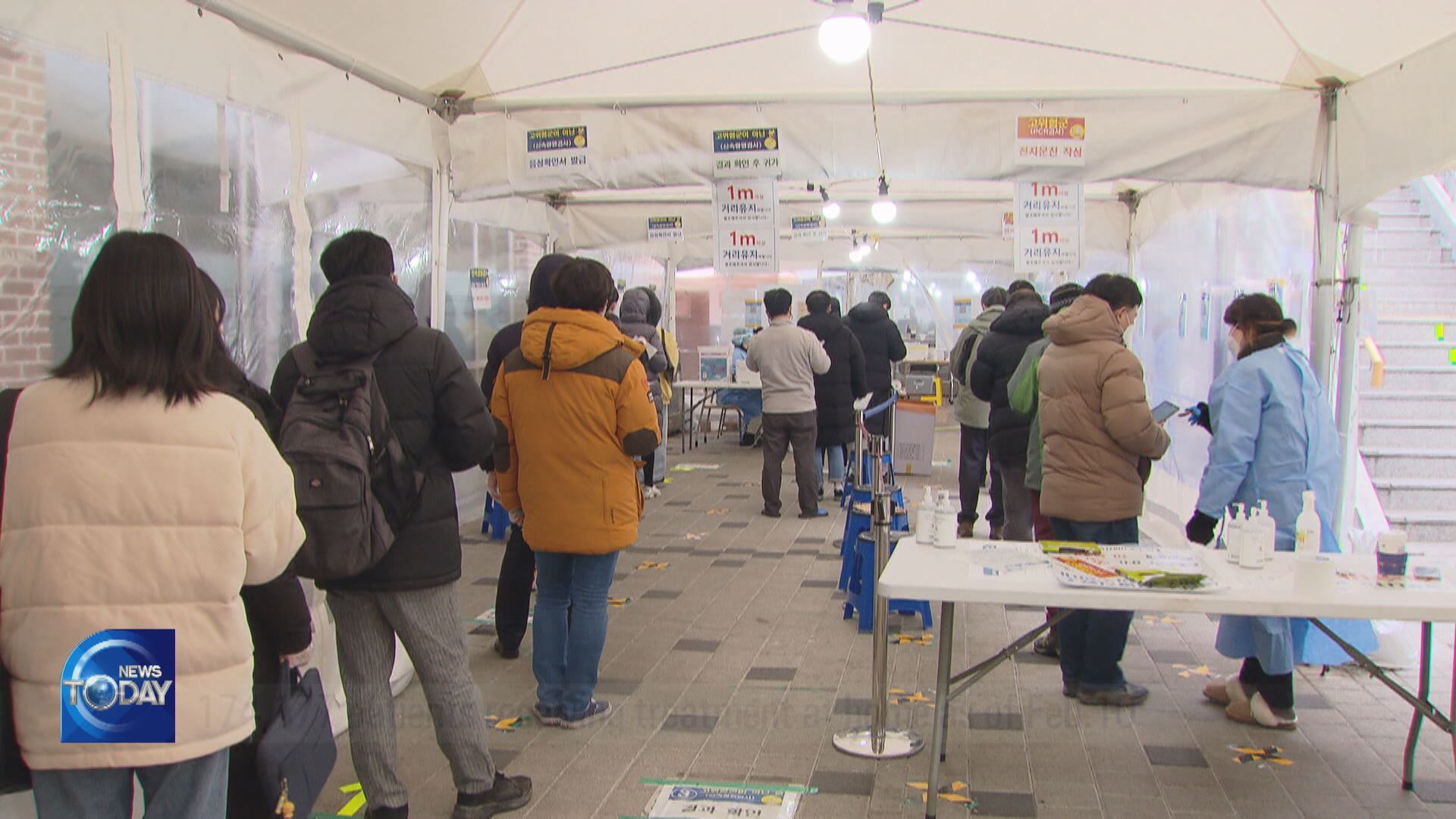
[Anchor Lead]
From Thurs. at-home treatment for COVID-19 patients will focus on people who require intensive care. All other patients can seek medical help if they develop symptoms.
[Pkg]
The number of Covid-19 patients receiving at-home treatment has nearly doubled from the previous week to more than 174,177. From Thursday, Covid-19 patients receiving treatment at home will be classified into two categories, either "intensive care" or "regular." The intensive care group includes patients selected by local governments among those eligible for oral antiviral pills, people 60 and older, as well as those 50 and up with underlying conditions. They will be monitored on a daily basis and will be provided with at-home treatment kits.
[Soundbite] Choi Jong-kyun(Central Disaster Management HQs) : "Patients with diabetes or serious cardiovascular diseases are already being transported to hospitals or quarantine centers when necessary."
About 80 percent of at-home treatment patients are classified as "regular." They must exercise self-care and contact community clinics by phone if they develop symptoms to seek advice or receive a prescription. These patients can have their prescriptions filled out with the help of their relatives living together or local public health centers. At-home treatment consultation centers operated around the clock by local governments also opened on Thursday.
[Soundbite] "Ask them which district they are calling from and what symptoms they have..."
Some are worried that consultation centers, which opened hastily, might become overwhelmed if COVID-19 cases surge.
[Soundbite] Lee Jung-young(Seonam Hospital) : "We have created a system that allows patients to leave their numbers. so we can call them back when they can't reach us."
Some local governments still lack preparation.
[Soundbite] Local government official(VOICE MODIFIED) : "There should be no errors when providing consultations, even if these centers were set up in a rush."
With community centers being also involved in at-home treatment, collaboration among varying hospitals and local clinics is more crucial than ever before.
From Thurs. at-home treatment for COVID-19 patients will focus on people who require intensive care. All other patients can seek medical help if they develop symptoms.
[Pkg]
The number of Covid-19 patients receiving at-home treatment has nearly doubled from the previous week to more than 174,177. From Thursday, Covid-19 patients receiving treatment at home will be classified into two categories, either "intensive care" or "regular." The intensive care group includes patients selected by local governments among those eligible for oral antiviral pills, people 60 and older, as well as those 50 and up with underlying conditions. They will be monitored on a daily basis and will be provided with at-home treatment kits.
[Soundbite] Choi Jong-kyun(Central Disaster Management HQs) : "Patients with diabetes or serious cardiovascular diseases are already being transported to hospitals or quarantine centers when necessary."
About 80 percent of at-home treatment patients are classified as "regular." They must exercise self-care and contact community clinics by phone if they develop symptoms to seek advice or receive a prescription. These patients can have their prescriptions filled out with the help of their relatives living together or local public health centers. At-home treatment consultation centers operated around the clock by local governments also opened on Thursday.
[Soundbite] "Ask them which district they are calling from and what symptoms they have..."
Some are worried that consultation centers, which opened hastily, might become overwhelmed if COVID-19 cases surge.
[Soundbite] Lee Jung-young(Seonam Hospital) : "We have created a system that allows patients to leave their numbers. so we can call them back when they can't reach us."
Some local governments still lack preparation.
[Soundbite] Local government official(VOICE MODIFIED) : "There should be no errors when providing consultations, even if these centers were set up in a rush."
With community centers being also involved in at-home treatment, collaboration among varying hospitals and local clinics is more crucial than ever before.
이 기사가 좋으셨다면
-
좋아요
0
-
응원해요
0
-
후속 원해요
0










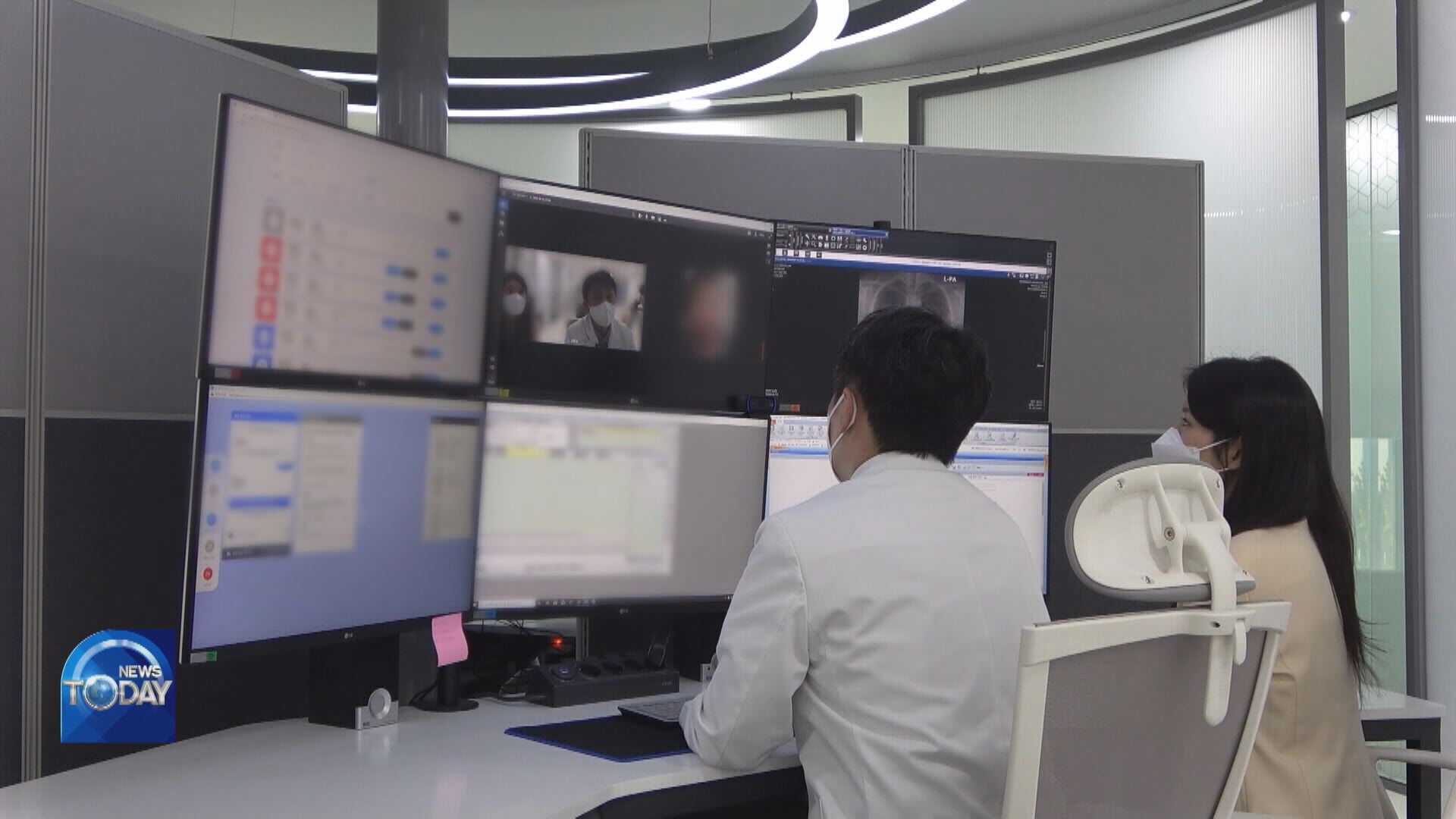
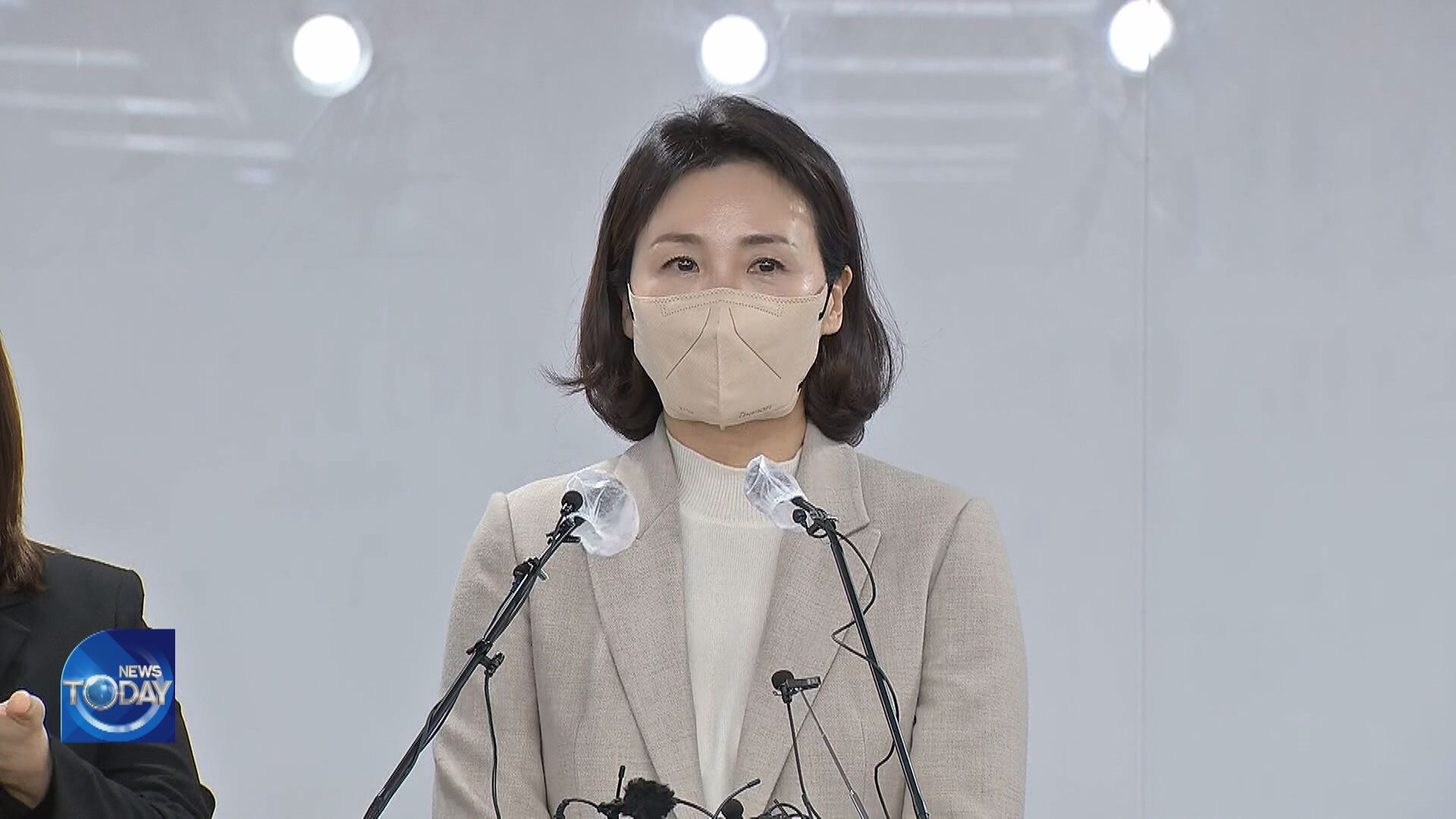


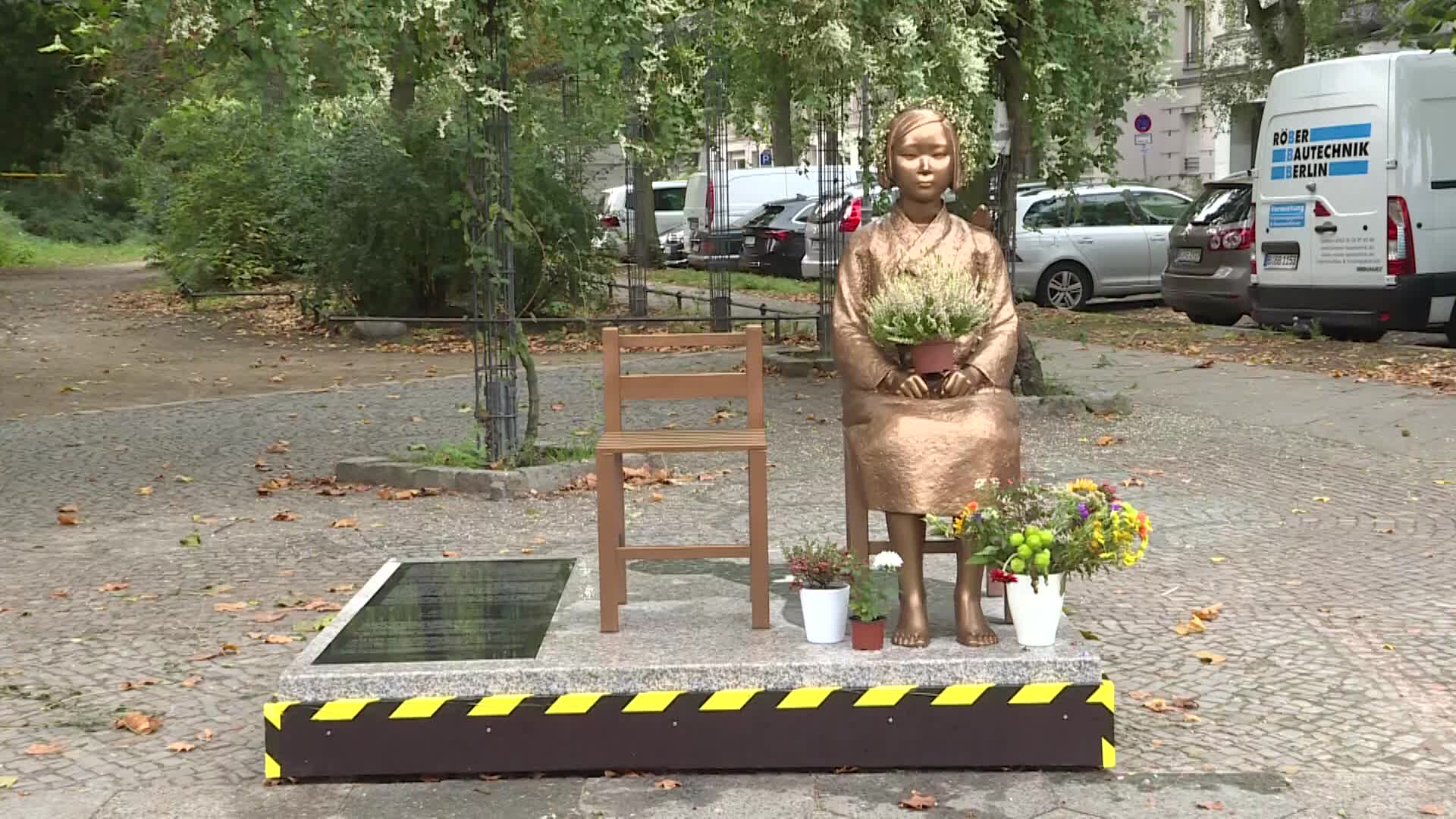
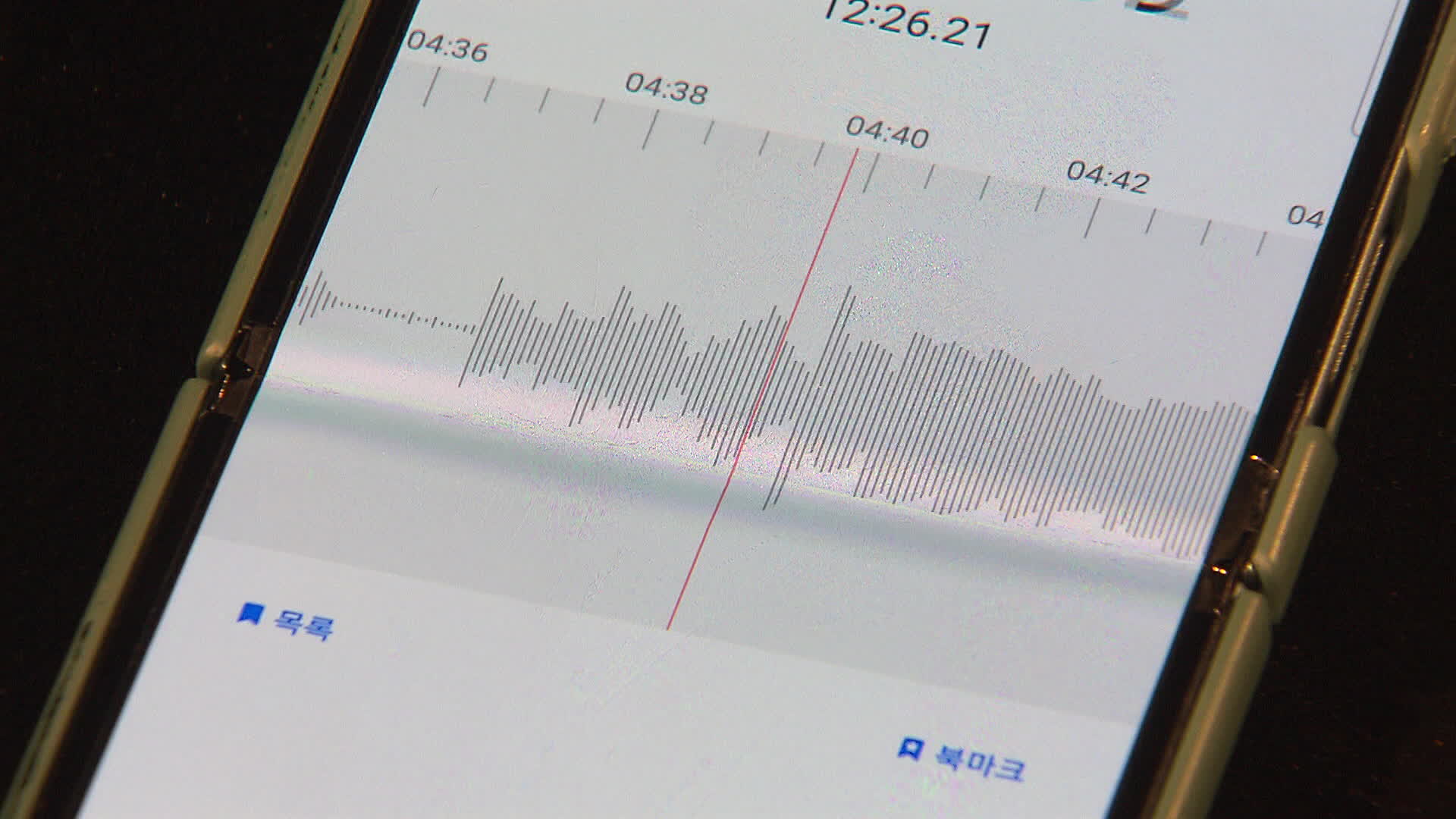

이 기사에 대한 의견을 남겨주세요.